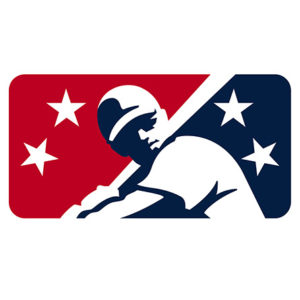 Players hate the chain-link leagues. Farm directors are tired of a lack of options about playing time. And no one wants to see a valuable draftee suffer in 100-degree weather in Florida and Arizona. Will we see MiLB changes in coming years to address these problems?
Players hate the chain-link leagues. Farm directors are tired of a lack of options about playing time. And no one wants to see a valuable draftee suffer in 100-degree weather in Florida and Arizona. Will we see MiLB changes in coming years to address these problems?
As part of the downsizing of Minor League Baseball from 160 teams to 120 entering the 2021 season, MLB made the decision to double up on camp teams in the Arizona Complex League and the Florida Complex League and drop the Rookie and Short Season A leagues. The theory is that having players compete at training complexes would allow for better development: remote supervision from the analytics types would provide better feedback for players right out of high school and college.
The theory, however, doesn’t quite match the reality. Adding a second complex team doubled the amount of money needed to house and feed players, expenses Rookie and Short Season A teams covered under the previous system. No one thinks that Florida and Arizona are getting any cooler in coming years, so players (or, more importantly, their agents) don’t like the prospect of taking the field when it’s 100 degrees and muggy, resulting in many games now played in the morning or early afternoon, particularly in Florida. Some farm directors worry about the controlled environment of the camp games not teaching players about how to compete with fans and pressure.
So there’s been some quiet talk about solutions from farm directors–who need to develop the players under contract–that include bringing back some sort of rookie ball to the mix. Those on the analytics side of the equation–the folks who think all development can be performed via remote control and don’t bother heading to MiLB ballparks–don’t see the need. (There’s also a larger divide here: those drafting the players say they’re not responsible when a player fails to develop on schedule. And many boots on the ground definitely dislike the chain-link leagues.) The buzz has centered on the Pioneer League, which remained intact as an independent circuit after the MiLB contraction, and whether it could return under the MiLB umbrella in some form. It’s not a solution that would scale to address all the concerns about the chain-link leagues, to be sure, but it would be a start.
The interesting thing: whether the talk goes beyond griping and leads to some sort of proposal. Successful corporations don’t set practices in stone, and they make adjustments when needed. Let’s face it: MLB’s business mission is to develop players that eventually generate revenue, whether it’s broadcast revenue or gameday receipts. We know the analytics types were success with the overhaul of MiLB based on an argument that development could be better and more cheaply managed with analytics and technology; we’ll see if they continue to control the discussions over the objections of the farm directors who argue player development is more of a crapshoot and not always the most predictable endeavor. Just ask Jacob DeGrom–drafted as a shortstop by the Mets in the ninth round of the 2010 draft–or Whit Merrifield, a late bloomer who spend six years in the minors before a promotion to the Kansas City Royals and an eventual All-Star appearance. Would they have thrived under the current development system?
We don’t cover the player-development side of the equation too closely here; other outlets like Baseball America can do it much better. But how MLB develops players goes to the core of MLB’s business model, and whether a circuit like the Pioneer League is a better tool than a hated chain-link league is worthy of discussion.
